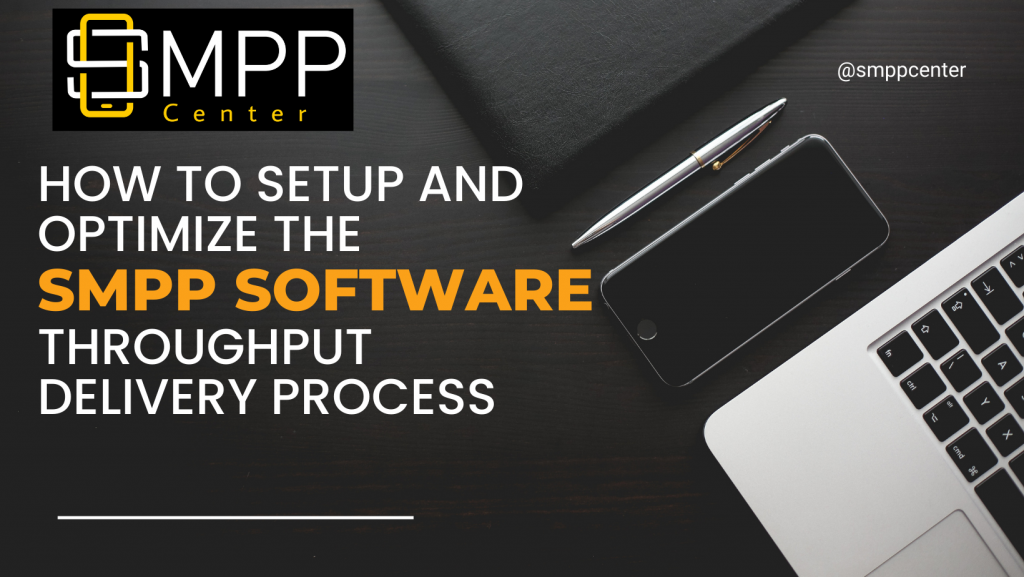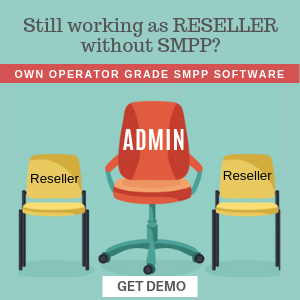
Software as a Service (SaaS) and Collaboration as a Service (CaaS) continue to grow in popularity. However, the increase in customer demand has also increased operational complexity. To keep up with demand and reduce SMPP software costs of ownership, SMPP software development processes must be optimized regularly. This article describes different ways you can setup and optimizes your software throughput delivery process for success.
What is SMPP Software Throughput Delivery?
When it comes to building the right software, you need to calculate the right amount of resources that will be required to complete the project successfully. This includes calculating the amount of time it will take to build the project and the resource required to make the project happen. The rate at which the project is built is called throughput. The rate at which the throughput is achieved is called delivery. The software delivery process might include developing the software, testing it, and then deploying it. All of these stages are part of the software delivery process. Therefore, you must understand the key stages of the software delivery process so that you can optimize the process and maximize the project’s chance for success.
Define and Track Goals for SMPP Software Throughput Delivery
The first step in optimizing your software project throughput is to define and track goals for software throughput delivery. This will help you map out the entire software delivery process and understand the key stages of the process. It will also help you determine the key metrics that will help you track your project’s success. If you don’t track these metrics, you won’t be able to determine if the project is on track or off track. Define the goals that you want to track for your project. These goals can be anything from revenue generation to cost savings that the project will bring in. You can also track other metrics like customer satisfaction, return on investment, and employee satisfaction. To define your goals, you need to map out the entire software delivery process. This means that you need to map out the key stages of the process and understand the metrics that will determine the project’s success at each stage.
Establish a Clear Definition of Who Should Be Involved in the SDLC
Once you have defined your goals and mapped out the key stages of the software delivery process, you need to establish a clear definition of who should be involved in the SDLC (Software Development Life Cycle). This will include the stakeholders from different departments and functions who will be involved in the project. You can invite those stakeholders to your project team, create a virtual project team, or create a project charter. Whichever method you use, make sure that the stakeholders are clearly defined for your SDLC. This will help you avoid wasting time and resources on activities that you don’t need to be a part of. In the long run, it also saves time and money. It’s also critical that the stakeholders understand their role in the SDLC. This includes their roles, responsibilities, and how they will be measured for their performance.
Start with a SWOT analysis to Get a 360-Degree View of the Processes
Once you have defined the stakeholders and defined their roles, you need to start with a SWOT analysis. A SWOT analysis helps you get a 360-degree view of the project’s resources and define the key stages of the SDLC. A SWOT analysis is an analysis of your business that helps you get a 360-degree view of the key areas of your business. You can use a SWOT analysis to understand the areas where your business is strong and where it could use improvement. A SWOT model helps you understand the areas where your business is strong, where it could use improvement and the key resources that you will need to make the improvements. A SWOT analysis helps you comprehensively understand your business, map out the key stages of the SDLC, and define the key resources that you will need to make the business successful.
Ensure all Participants are on Board, Communicate Clearly and Work Together As a Team
Once you have identified the key stages of the SDLC and the key stakeholders in the SDLC, you need to ensure that all the stakeholders are on board, communicate clearly, and work together as a team. This will help you avoid delays in the project and delays in the delivery of software. If you have identified a key stakeholder on the SDLC who is not part of the project, you need to invite her/him to be part of the project team. You can invite them to the project team through email, on a conference call, or in person. If you have identified a key stage of the SDLC and the stakeholder is not part of the project, you need to invite them to the project team.
Summing up
When it comes to optimizing your software project throughput, you need to ensure that the software delivery process is mapped out, the key stages of the process are defined, and the key stakeholders are invited to the project team. Once you have defined the key stages of the SDLC and the key stakeholders, you can start with a SWOT analysis. A SWOT analysis helps you get a 360-degree view of the key areas of your business. You can use a SWOT analysis to understand the areas where your business is strong, where it could use improvement, and the key resources that you will need to make the improvements. Once you have mapped out the key stages of the SDLC, defined the key stakeholders, and invited the stakeholders to the project team, you can start with a SWOT analysis. A SWOT analysis helps you get a 360-degree view of the key areas of your business. You can use a SWOT analysis to understand the areas where your business is strong, where it could use improvement, and the key resources that you will need to make the improvements.



